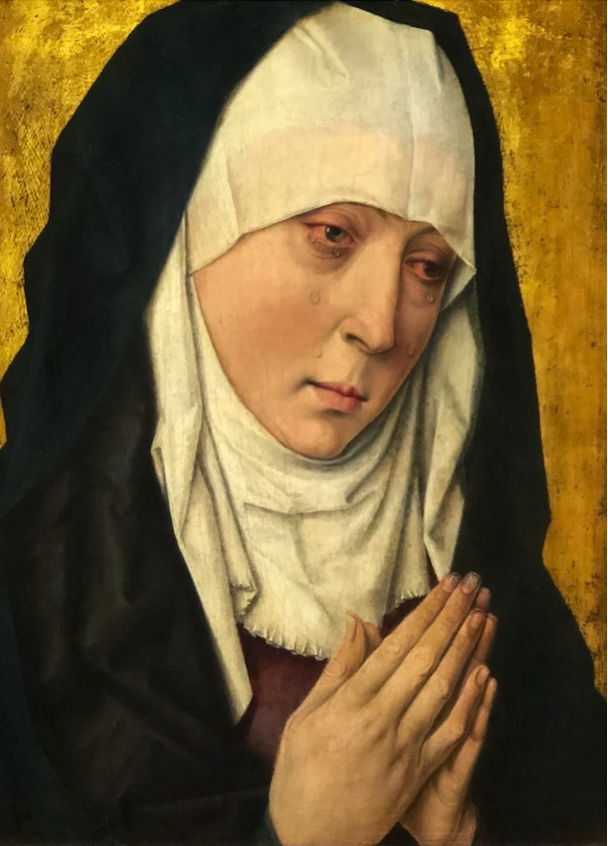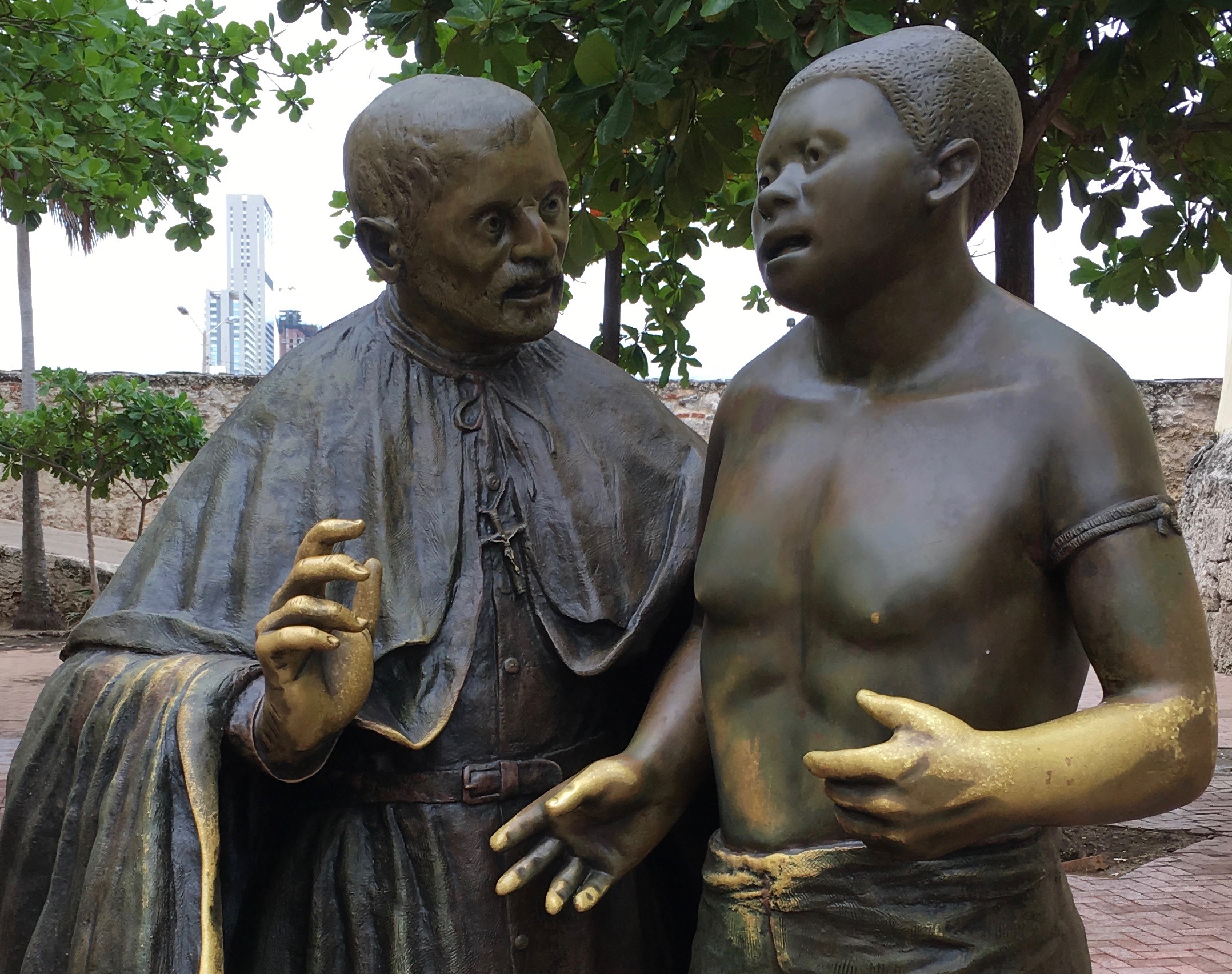These reflections are a result of more than 40 years of ministry as a Roman Catholic priest. Most of these years I spent in the Diocese of Charlotte which covers Western North Carolina. Now I am retired, and live in Medellín, Colombia where I continue to serve as a priest in the Archdiocese of Medellín.

“Stop judging and you will not be judged. Stop condemning and you will not be condemned. Forgive and you will be forgiven. Give and gifts will be given to you; a good measure, packed together, shaken down, and overflowing, will be poured into your lap. For the measure with which you measure will in return be measured out to you.” (Lk 6:27-38)
https://bible.usccb.org/bible/readings/091224.cfm
The Lord knows us better than we know ourselves. Judging and condemning our church pastimes. The feast of the Name of Mary reminds us of the words that Mary spoke about herself, “All generations will call me blessed” (Lk 1:48)

I tell you, brothers, the time is running out. From now on, let those having wives act as not having them, those weeping as not weeping, those rejoicing as not rejoicing, those buying as not owning, those using the world as not using it fully. For the world in its present form is passing away. (1 Cor 7:25-31)
https://bible.usccb.org/bible/readings/091124.cfm
Most of us can probably remember where we were and what we were doing on September 11, 2001. I was on retreat at the seminary. After the retreat session with my spiritual director, he suggested that I go to the faculty lounge and turn on the television. He didn’t explain. So I went, I was the only one there. Soon the bells of the seminary began to ring. We all gathered in the chapel and celebrated Mass. We knew what to do.

And he came down with them and stood on a stretch of level ground. A great crowd of his disciples and a large number of the people from all Judea and Jerusalem and the coastal region of Tyre and Sidon came to hear him and to be healed of their diseases; and even those who were tormented by unclean spirits were cured. Everyone in the crowd sought to touch him because power came forth from him and healed them all. (Lk 6:12-19)
https://bible.usccb.org/bible/readings/091024.cfm
Everyone wanted to touch Jesus. Everyone still does.

Then Jesus said to them, "I ask you, is it lawful to do good on the sabbath rather than to do evil, to save life rather than to destroy it?" Looking around at them all, he then said to him, "Stretch out your hand." He did so and his hand was restored. But they became enraged and discussed together what they might do to Jesus. (Lk 6:1-6)
https://bible.usccb.org/bible/readings/090924.cfm
Saint Peter Claver (1580-1654) sought to do good and to save life. He was a Jesuit missionary to the New World who found himself in Cartagena, Colombia, which was a center of the Atlantic slave trade. He dedicated his life to ministry to those who had been enslaved. He personally baptized over 300,000 slaves. His feast day, September 9, is the National Day of Human Rights in Colombia.

My brothers and sisters, show no partiality as you adhere to the faith in our glorious Lord Jesus Christ. For if a man with gold rings and fine clothes comes into your assembly, and a poor person in shabby clothes also comes in, and you pay attention to the one wearing the fine clothes and say, “Sit here, please, ” while you say to the poor one, “Stand there, ” or “Sit at my feet, ” have you not made distinctions among yourselves and become judges with evil designs? (Jas 2:1-5)
https://bible.usccb.org/bible/readings/090824.cfm
According to the Letter of James, God chooses “those who are poor in the world to be rich in faith and heirs of the kingdom.” When the Lord opens our eyes, he intends for us to see. But as the saying goes, “There are none so blind as those who will not see.”



